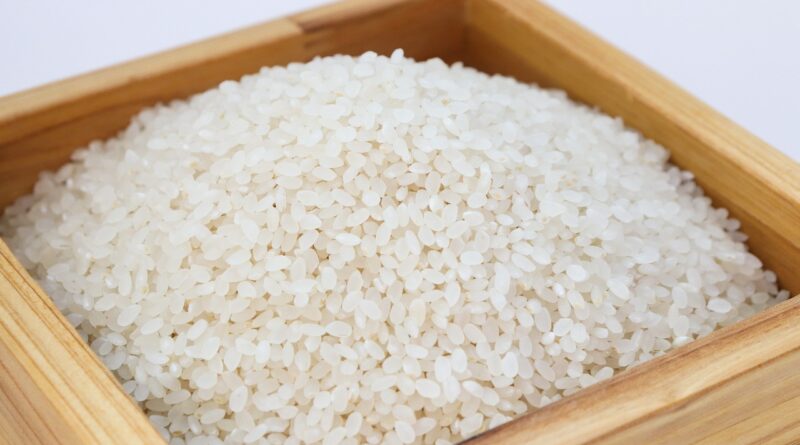Govt projects a modest 2.4% growth in foodgrains production in 2025-26
By Sandip Das
Taking into consideration the impact of flood and excessive rainfall across regions on kharif crop, the government on Tuesday projected a modest growth of 2.4% in foodgrain production to 362.5 million tonne (MT) for the 2025-26 crop year (July -June) compared to 353 MT of production in 2024-25.
Agriculture minister Shivraj Singh Chouhan said here that despite flood and surplus rainfall, overall production of foodgrains including paddy, wheat, pulses and coarse cereals is likely to be a new high.
“Current kharif crop conditions are robust, the target for the current crop year is only a preliminary projection which is likely to be revised later,” Chouhan said in a briefing. He stated Punjab, Himachal Pradesh, Jammu, Uttarakhand, Maharashtra, Assam, and parts of Haryana have been particularly impacted by flood.
Kharif sowing sees higher acreage
Devesh Chaturvedi, secretary,department of agriculture and farmers’ welfare, on Monday had stated that despite heavy rains impacting paddy and pulses crops in parts of Punjab, Rajasthan and Telangana, overall output of kharif crops – paddy, pulses, oilseeds – would not be lower than last year’s level because of higher sowing this year.
Added by surplus rainfall this season, the sowing of kharif crops – paddy, pulses, oilseed, sugarcane and cotton – has completed with total area under these crops has crossed 111.08 million hectare (mha), 2.5% higher than normal sown area of 109.6 mha. Earlier there was an expectation of bumper crop output because of the higher area.
The kharif output of foodgrains production – paddy, pulses, coarse cereals was 168 MT in the 2024-25 crop year (July-June) against total food grains production of 353.95 MT during the year. In the 2024-25 crop year there has been record harvests in key crops like rice, wheat, maize, groundnut, and soybean.
Meanwhile, a report by Crisil intelligence has stated that persistent heavy rainfall through August in Punjab, Haryana, Karnataka, Andhra Pradesh, and Telangana have impacted several kharif crops such as paddy, cotton, bajra, cotton, maize and gram.
Surplus rains bring risks and opportunities
On the availability of seeds, Chouhan said that 22.9 MT of seed are required for rabi sowing, but nearly 25 MT are currently available. “Rainfall and other factors often cause changes in crop patterns. This year, good rainfall has led to increased sown area, which could raise demand for fertilisers,” he said .
However, hugely surplus rainfall of 31.6% over the benchmark long period average has resulted in floods in Punjab, Rajasthan and other states which is likely to hit kharif crops yield.
According to the India Meteorological Department, rainfall between June 1 and September 16 in the current monsoon season stood at 861.9 mm, which is 107.2% above the benchmark – long period average (LPA).
In terms of regional variations, northwest (31.8%), central India (11%) and south peninsula (7.1%) have received surplus rainfall over the benchmark, while east and north-eastern regions have experienced deficit rainfall of 18.4% against the benchmark.
This article has been republished from The Financial Express.

